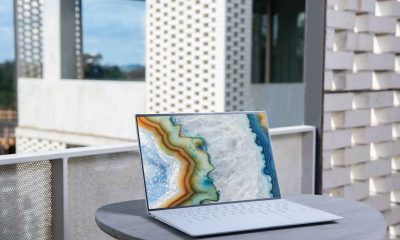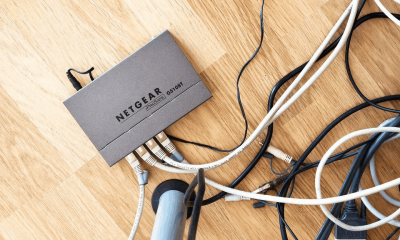When we consider physical theft, our thoughts are generally limited to the financial impact. If you have theft insurance for your laptop, you can simply replace it immediately. As long as you have a physical or cloud backup, you can get back to normal in no time. However, there is actually a fair amount of risk that your data will be leaked if someone steals your laptop. What is at risk? How do we prevent it?
What’s at Risk?
Most laptops require one password to log into your profile. Once in, everything is vulnerable. Your passwords that are stored by your OS are accessible with that same password. Even if the thief somehow got into your laptop without deciphering your password, your browsers will automatically log into your accounts. The person can get the kind of data necessary for identity theft. Identity theft is a common threat today and can cost you a lot of money. Your intellectual property is also at risk. If you have projects saved, whether, for work or your own creative pursuits, the person can claim them or leak them. Since so much is at risk, how will you keep your data safe, and what can you do about it?
How Do You Prevent Data Theft?
The good news is that you can prevent data theft even if your laptop is stolen. The bad news is that it requires you to embrace some amount of inconvenience. Ultimately, your main aim is to stop the person from getting into your computer and, subsequently, your accounts.
Passwords And Multi-factor Authentication
First off, it shouldn’t need to be said that your password for your laptop should be impossible to crack. This does not require you to remember a series of numbers and letters. Rather, it simply requires you to create a password that is long and random. There are many misconceptions about passwords. What you need to know, primarily, is that ficusmicbookcable (the things on my desk) is far more secure than P4$$w0rd! The latter will suffice for most websites’ outdated rules, but the former will keep password decoders out. You should also turn on multi-factor authentication on your accounts. If you don’t want to do so for everything, at least do it for the most important accounts or accounts that deal with banking and work.
Erase Your Laptop (using Find My)
No matter how prepared you are with passwords and multi-factor authentication, there is still the possibility that the thief will find their way into your laptop and accounts. As such, it is in your best interests to make sure there is nothing to find. To do this, you can turn on the Find My app. This app will track your laptop using location services, and you can use it to potentially locate the thief. However, your primary use for it should be to erase your laptop as soon as possible. Erasing your laptop remotely ensures that the thief cannot get your information no matter what. It formats your laptop, deleting everything indiscriminately. You should do this the moment you realize your laptop is missing. What happens if you manage to get your laptop back? Fortunately, it is easier than ever to get your laptop up and running with your original settings and files, as long as you have backed them up. It may take a few hours but will require very little input from you. The sacrifice is well worth it in order to stop someone from accessing your data. We live much of our lives in a virtual world. For this reason, many people are a lot more scared of being hacked than of their laptops being stolen. However, a stolen laptop is at risk of being breached, and your data could be easily accessible if you are not properly prepared.












